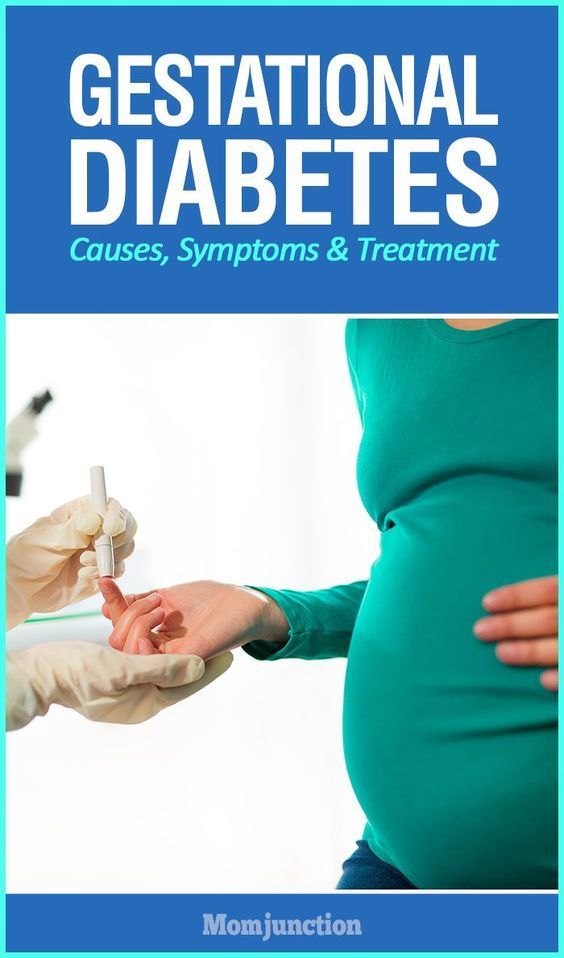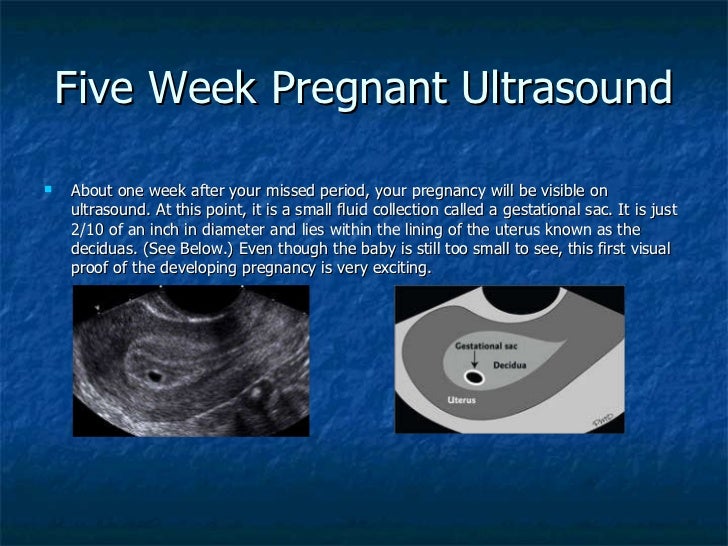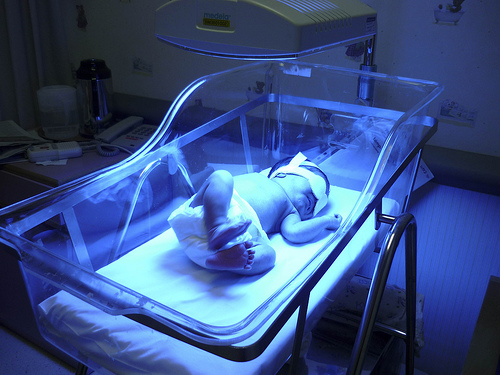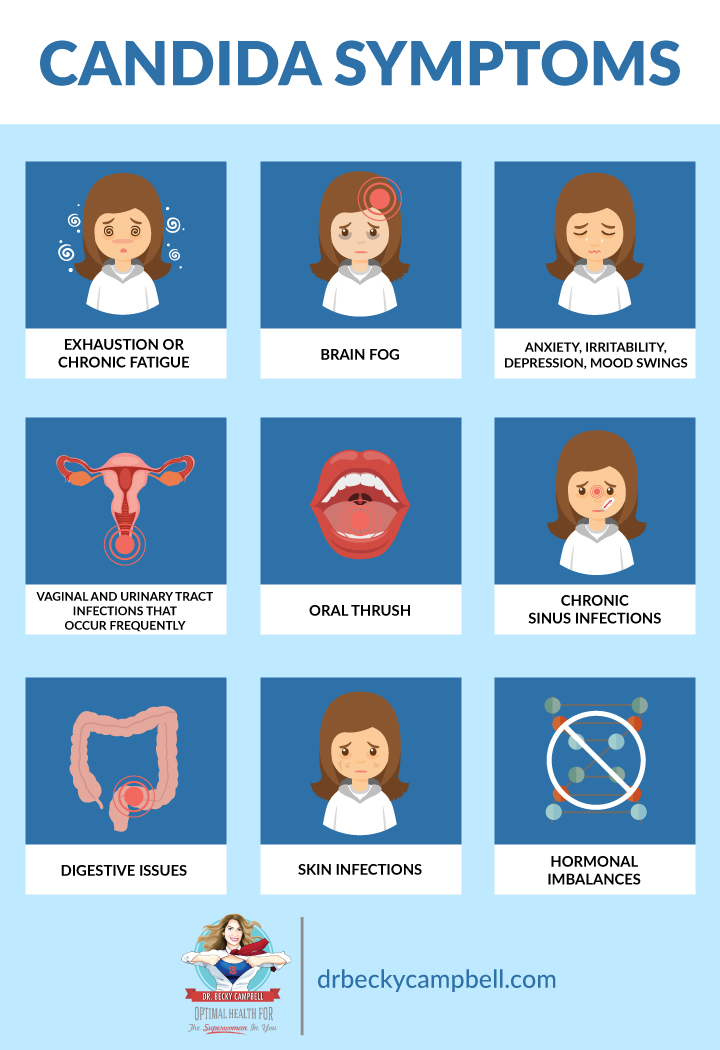Antenatal colostrum expressing
Antenatal Expression of Colostrum - La Leche League GB
Mothers start to produce colostrum (early milk) while pregnant. Being able to express colostrum is a useful skill to have. Saving your expressed colostrum may also be beneficial if your baby is likely to need special care after birth.
Why express while pregnant?
Being familiar with your breasts and how they work will give you confidence for after the birth.
- You’ll be able to express a small amount of colostrum onto your nipple if your baby needs encouragement to feed.
- You’ll be able to express colostrum for your baby if he has difficulty feeding or is cared for in the neonatal intensive care or special care baby unit.
- Being able to hand express will help you avoid problems with engorgement and mastitis.
If your baby doesn’t breastfeed well in the first few days, being able to hand express will help you:
- Express your milk if needed.
- Provide your own milk for your baby to prevent or treat conditions such as low blood sugar or jaundice.
- Avoid the need to give infant formula.
Special circumstances
Learning to hand express while pregnant, and collecting and saving the colostrum can be helpful in some special situations, including:
Planned caesarean or induced birth
Consider expressing the day before birth so your milk is available if you and your baby are separated. This will be especially useful if your baby will be born early.
Babies with a cleft lip or palate
This may be diagnosed during pregnancy. Babies with any form of cleft can find it harder to breastfeed. Breastfeeding is particularly important for the first six months as it helps protect these babies against ear and respiratory infections. When the cleft is repaired, your milk helps promote healing and protects your baby against hospital germs.
Mothers with diabetes
In the first 24 hours after birth, babies of diabetic mothers risk developing low blood sugar levels (hypoglycaemia).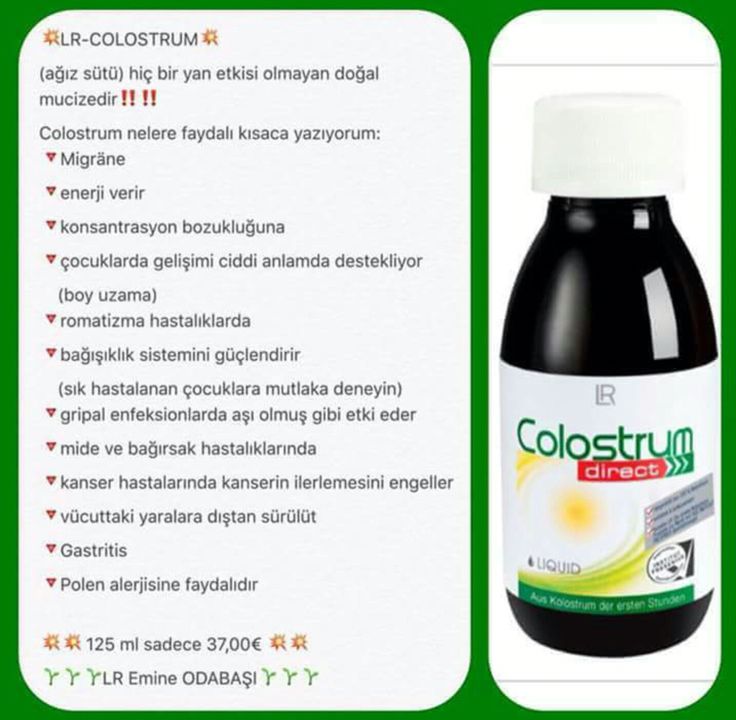 A baby needs colostrum to maintain his blood glucose levels. Exclusive breastfeeding has been shown to reduce the risk of a baby developing diabetes later in life.
A baby needs colostrum to maintain his blood glucose levels. Exclusive breastfeeding has been shown to reduce the risk of a baby developing diabetes later in life.
Mothers with breast abnormalities or who have had breast surgery
Stored colostrum can be helpful if you encounter problems establishing milk production.
Other medical conditions
Some medical conditions may make it harder for you and your baby to establish breastfeeding. Or, if you need to start medications that are incompatible with breastfeeding, your saved colostrum can still be given to your baby.
Talk to your midwife
Some NHS hospital trusts already have policies in place for sharing information on antenatal expression. Your midwife and other members of your antenatal care team may have information to share on breast massage and how to hand express. They should also be able to give you small sterile syringes with identity labels in which to save your colostrum.
Do ask if the hospital has an Infant Feeding Specialist who will be well informed about breastfeeding and a source of support in those early days.
A handy technique
Hand expression is a useful technique to learn even though most mothers find they rarely need to express and store their milk. It is effective, convenient and free. You may also find you can express more milk by combining hand expression with pumping than using just a pump.
When to start expressing
Is it safe?
Don’t worry – following the suggestions to express for a few minutes each day is unlikely to trigger labour. Check with your midwife if you are at risk for early labour. If you experience any uterus cramps when expressing, stop immediately and contact your midwife.
Expressing during pregnancy
- It helps to be warm and relaxed.
- You could practise in the bath or shower at first. When you start collecting colostrum, express after a bath or shower.
- Wash your hands.

- Massage your breasts to help milk flow.
- Hand express from one breast. Take care NOT to cause pain or discomfort.
- You are likely to see small droplets or drips of colostrum appear as you express. Express directly into the container so you save every precious drop. If you’ve been given syringes and find it difficult to collect your colostrum, express into a small clean container (e.g. cup) and draw the colostrum up into the syringe.
You can express up to three times in the same day. If you plan to express again that day, store the syringe in the coldest part of the fridge. This is usually at the back.
Once you’ve expressed for the last time that day, seal the syringe in a bag. Label and date it before placing it in the freezer. The colostrum could be kept in the fridge if you’re going to be induced or have a planned caesarean section within a day or two. Fresh colostrum inhibits the growth of bacteria and can be safely refrigerated for 48 hours.
Why hand express?
Hand expression is the best way to express colostrum. It is simple to learn and gets easier with practice. You’ll only be expressing small amounts so using a pump will be impractical and may not be as effective. You may receive information and a demonstration on hand expression from your midwife.
Our article Hand Expression of Breastmilk also describes an effective method. Antenatally, you’ll only need to express for three to five minutes – just until you have a few drops of colostrum. It may not seem very much, but a baby’s first feed is no more than a teaspoon of colostrum. By expressing up to three times in a day, you can express enough for a feed. With practice and regular stimulation, you’ll be able to express more colostrum.
When you go into labour
Take your stored colostrum with you to the hospital in a cool bag. The hospital can arrange to keep your colostrum frozen, possibly in the special care baby unit. Make sure you or your birth partner makes a note of where it is stored and that details are in your notes.
If you and your baby are likely to have difficulties or be separated, one of the containers can be defrosted once you’re close to birth. This is then ready for the first feed, if needed.
When baby arrives
Your baby will need to breastfeed at least 8-12 times in 24 hours. If, for any reason, you are separated or unable to breastfeed your colostrum can be defrosted if needed, one container at a time to avoid waste. Your colostrum can also be used if your baby needs supplements.
The first few days
Frequent breastfeeding and keeping your baby close by will help establish your milk supply and get breastfeeding off to a good start. If you and your baby are separated, express milk eight times in each 24 hours including at least once at night, until your baby is able to breastfeed. Expressing as well as breastfeeding is important if your baby isn’t feeding well, or needs supplements for any reason. This will help establish milk production and provide milk for your baby’s next feed if needed. For any problems, seek skilled help from an LLL Leader – check our website for details.
For any problems, seek skilled help from an LLL Leader – check our website for details.
Written by Karen Butler, Sue Upstone & mothers of La Leche League GB.
Updated February 2022
Further Reading
Beginning Breastfeeding
Caesarean Birth and Breastfeeding
Comfortable Breastfeeding
Diabetes and Breastfeeding
Hand Expression of Breastmilk
Is My Baby Getting Enough Milk?
Jaundice in the Healthy Newborn
My Baby Won’t Breastfeed
Sleepy Baby – Why and what to do
LLLI Stories
Cleft Lip & Palate Breastfeeding
Books
The Womanly Art of Breastfeeding LLLI. London: Pinter & Martin, 2010
Breastfeeding Answers Made Simple. Mohrbacher, N. Amarillo, Tx: Hale Publishing, 2010.
References
Cox, S. An ethical dilemma: should recommending antenatal expressing and storing of colostrum continue? Breastfeeding Review 2006; 14(3):11-6.
Cox, S. Expressing and storing colostrum antenatally for use in the newborn period. Breastfeeding Review 2006; 14(3):11-6.
Expressing and storing colostrum antenatally for use in the newborn period. Breastfeeding Review 2006; 14(3):11-6.
Oscroft, R. Antenatal expression of colostrum. Pract Midwife 2001;4 (4): 32-5.
Forster, D. et al. Diabetes and Antenatal Milk Expressing (DAME). Lancet, 2017; 389 (10085): 2204-2213.
This information is available to buy in printed form from the LLLGB Shop
Colostrum: Prenatal /Antenatal Expression - La Leche League International
During the first trimester of pregnancy, the breasts begin producing colostrum in small amounts. [i]
Sometimes colostrum ‘leaks’ onto the person’s bra or other clothing; others do not experience any outward signs that the breasts are preparing for lactation even as the pregnancy progresses. The fluid could be thin or thick, and is usually yellow-ish because of beta-carotene, one of the protective components of milk. At the time of the baby’s birth, more colostrum is being produced by the breasts than the baby will need. However, some fear that the baby ‘won’t get enough’ or that the ‘milk won’t come in,’ and want to express colostrum before the baby is born. According to research, the breasts make 10-100 ml of colostrum per day, averaging about 30 ml or an ounce per day – more than the baby needs.
However, some fear that the baby ‘won’t get enough’ or that the ‘milk won’t come in,’ and want to express colostrum before the baby is born. According to research, the breasts make 10-100 ml of colostrum per day, averaging about 30 ml or an ounce per day – more than the baby needs.
Reasons to express and save colostrum prenatally:
- Out of curiosity. Many have wondered “what’s going on under my skin.”[ii]
- To practice hand-expression of milk for after the baby is born. Colostrum is thicker and made in smaller volume than later milk, but the technique for collecting milk is the same.
- If ‘milk coming in’ might be delayed. If the mother has diabetes or a complicated birth with Cesarean surgery or some other complication, the onset of full milk production may be a day or so later, and mothers’ own colostrum is the safest substance for her baby.[iii]
- To increase confidence that the breasts are preparing to make milk.
Concerns about prenatal expression of colostrum:
- Breast expression will trigger premature labor contractions.
 Prenatal (antenatal) expression of colostrum has not been shown to trigger labor contractions if the pregnancy is otherwise stable. In fact, ‘nipple stimulation’ is not especially effective in starting or enhancing labor contractions.
Prenatal (antenatal) expression of colostrum has not been shown to trigger labor contractions if the pregnancy is otherwise stable. In fact, ‘nipple stimulation’ is not especially effective in starting or enhancing labor contractions. - I’ll hurt myself or my breasts. Nobody other than the mother should attempt to express colostrum. Some women have expressed difficulty, embarrassment or discomfort expressing colostrum.
How to store colostrum: Use small, food-safe storage containers with secure lids. Freeze the colostrum soon after expression. You can add more small amounts of colostrum to the frozen container, but not enough that would thaw the stored colostrum. Newborns will only need less than one ounce per feed, so don’t use large containers. Thaw under running warm water, not in a microwave oven. Use the thawed colostrum within 24 hours.
[i] Lawrence, R. A., & Lawrence, R. M. (2016). Breastfeeding: A Guide for the Medical Profession (Eighth ed.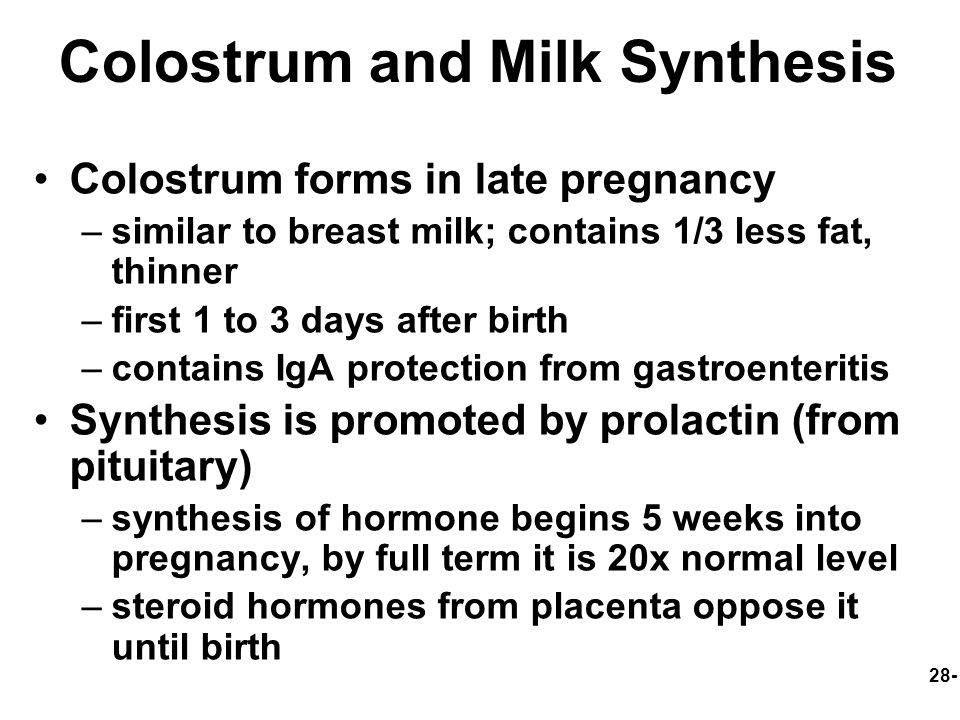 ). Philadelphia: Elsevier.
). Philadelphia: Elsevier.
[ii] Brisbane, J. M., & Giglia, R. C. (2015). Experiences of expressing and storing colostrum antenatally: A qualitative study of mothers in regional Western Australia. J Child Health Care, 19(2), 206-215.
[iii] Forster, D. A., Jacobs, S., Amir, L. H., Davis, et al. (2014). Safety and efficacy of antenatal milk expressing for women with diabetes in pregnancy: protocol for a randomized controlled trial. BMJ Open, 4(10), e006571.
Colostrum
The Benefits of Antenatal Colostrum Harvesting
LLLGB : Antenatal Expression of Colostrum
Published January 2018
Antenatal (prenatal) colostrum expression
Patient information leaflet * .
Colostrum is a fatty, nutrient-rich substance that is excellent for nourishing and protecting your baby from infections during the first days of life. It is especially rich in immunological factors that promote the growth and development of the infant's immune system and protect it from allergies and various diseases. Colostrum also helps the newborn eliminate meconium (original feces), which helps prevent jaundice. nine0005
Colostrum also helps the newborn eliminate meconium (original feces), which helps prevent jaundice. nine0005
This first milk begins to be produced at 16-20 weeks of gestation. Some women notice leakage of milk during pregnancy, while others may not. In both cases, this is normal and does not affect a woman's ability to breastfeed successfully.
The importance of exclusive breastfeeding for all newborns has been proven in many studies. Some babies may have difficulty breastfeeding as well as blood sugar regulation in the first few days after birth. By hand expressing and preserving colostrum during pregnancy, your baby will be able to get your milk despite the difficulties. Research data show that colostrum is able to stabilize blood sugar levels in newborns significantly better than formula. nine0005
You can start expressing colostrum from the 36th week of pregnancy, although if you notice milk leakage earlier, you can collect it in a sterile syringe. You can discuss this with your midwife or other healthcare provider. They can provide you with tools and guidance to start collecting colostrum.
They can provide you with tools and guidance to start collecting colostrum.
Benefits of collecting colostrum during pregnancy.
If women start harvesting colostrum during pregnancy, studies show that they:
- gain more confidence in how their breasts work even before the baby is born reach “full production” of milk faster
- increase their confidence that they will be able to breastfeed their baby manual pumping skills.
Most women can express during pregnancy, although there are several groups of mothers and children for whom antenatal colostrum expression may be particularly beneficial:
- Infants at risk for hypoglycaemia or possible difficulty sucking
- Children of mothers with diabetes mellitus
- Very small and low birth weight children
cleft lip or palate, or other congenital anomalies such as Down's Syndrome- when it is known during pregnancy that the baby will need special care in the neonatal unit
- Twins or triplets.
There are also women who, due to their common medical or gynecological history, will find it difficult to exclusively breastfeed their babies. Others suffer from certain diseases, such as multiple sclerosis, for which breastfeeding is very beneficial:
- any form of diabetes
- polycystic ovary syndrome
- breast hypoplasia
- previous breast surgery
planned caesarean section
In mothers with diabetes and allergies, as well as a family history of dairy intolerance, inflammatory bowel disease or diabetes, children may also have these diseases more often if they are fed artificial protein-based formulas from the first days of life cow's milk.
It is especially important for mothers with diabetes to completely avoid the use of artificial formulas, or at least not to use them until the baby is 6 months old. nine0005
Women with gestational diabetes are less likely to develop the disease after childbirth if they are breastfeeding.
Women with diabetes should monitor their blood sugar levels especially if they express colostrum before giving birth. They may need to adjust their insulin doses and change their diet.
Are there women who should not express colostrum during pregnancy?
There is no scientific evidence that daily hand expression of colostrum activates labor in women who are not at risk for preterm birth. nine0005
However, we would advise some women not to actively express colostrum until a sufficient pregnancy is reached: multiple births before 36/40 weeks
- women with cervical sutures to prevent preterm labor
If you feel uterine contractions during pumping, you should stop the procedure. If contractions continue, contact your midwife. nine0005
How can I express colostrum during pregnancy?
Preparation.
To prevent cross-infection, please:
- wash your hands thoroughly before pumping
- wash your breasts no more than once a day (avoid using detergents that can irritate or dry out the skin on the nipples, causing soreness ).
Prepare a sterile milk collection container, such as a cup, bottle, wide-mouth container, or syringe (may be best for collecting small amounts of colostrum with minimal wastage). Activation of the release of OXYTOCIN (milk ejection reflex) can facilitate the outflow of milk. Find a quiet, secluded place where you can relax properly. You can gently massage your entire breast before pumping (you can see some of the massage techniques in the picture), be careful not to slide your fingers over the breast, as this can damage the skin. You can gently roll the nipple between your index and thumb. Some women find it helpful to put a warm diaper (soaked in warm water) over their breasts before pumping. nine0005
Make gentle circular motions with your fingertips.
Gently roll your clenched fist towards the nipple.
Locate the milk ducts.
Place your thumb on top of your chest with your index finger opposite it underneath. Both fingers are placed as far away from the base of the nipple as you can comfortably do.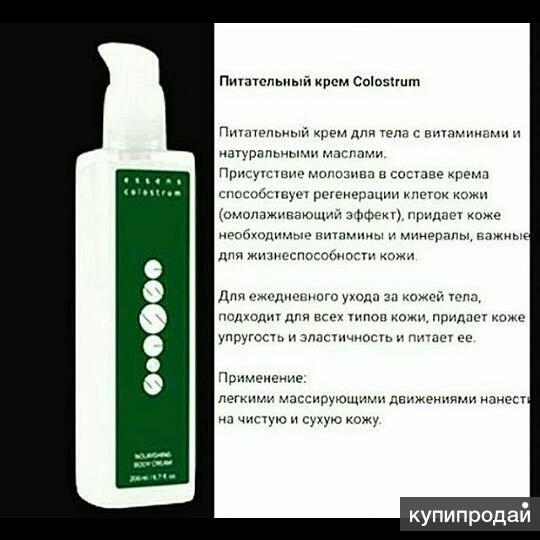 Gently “walk” your fingers along the chest until you find structures that feel different to the touch. nine0005
Gently “walk” your fingers along the chest until you find structures that feel different to the touch. nine0005
This means that you have felt the milk ducts (usually they are located 2-3 cm from the nipple).
Expression positions.
It can help if you lean forward slightly. Place your thumb and forefinger in the place where you found changes in the tissue of the gland. The thumb should be at 12 o'clock and the index finger at 6 o'clock, as shown in the picture (your hand is in a C-shape), covering the chest.
Pumping .
Without moving the thumb and forefinger, gently press the chest towards the chest (if the chest is large, it should be lifted first). Without releasing the pressure, roll your fingers towards each other to draw the milk out of the ducts. After that, you should reduce the pressure to allow the ducts to refill with milk. At first, you will be able to get only a few drops, but with practice, the amount of colostrum will increase.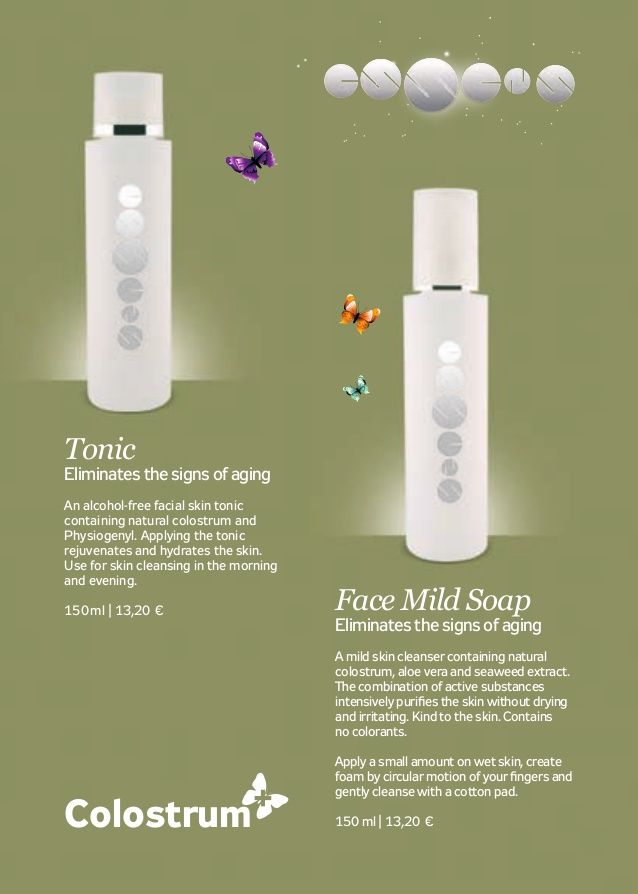 You can move your hand in a circle, changing the position of your thumb and forefinger, or change your hand, if necessary, to express milk from the entire breast. Collect drops of your colostrum in a sterile syringe or capped cup if more. You may find it easier to deal with this if your husband or other family members help you. Write your name, date of delivery, time and date of pumping on each syringe. Colostrum is usually produced in small amounts, so don't expect to be able to express a lot right away, although you might get lucky! You can make just 1 or 2 servings, but don't despair...every drop counts, and the more often you pump, the more likely you are to increase your milk production. Hand pumping is generally more effective than using a manual or electric breast pump. nine0005
You can move your hand in a circle, changing the position of your thumb and forefinger, or change your hand, if necessary, to express milk from the entire breast. Collect drops of your colostrum in a sterile syringe or capped cup if more. You may find it easier to deal with this if your husband or other family members help you. Write your name, date of delivery, time and date of pumping on each syringe. Colostrum is usually produced in small amounts, so don't expect to be able to express a lot right away, although you might get lucky! You can make just 1 or 2 servings, but don't despair...every drop counts, and the more often you pump, the more likely you are to increase your milk production. Hand pumping is generally more effective than using a manual or electric breast pump. nine0005
Colostrum can vary greatly in color from dark orange/brown, yellow/green to pale/clear. Don't worry if your colostrum changes color or consistency after a few pumps. This is fine. Rest assured, the colostrum has not "run out".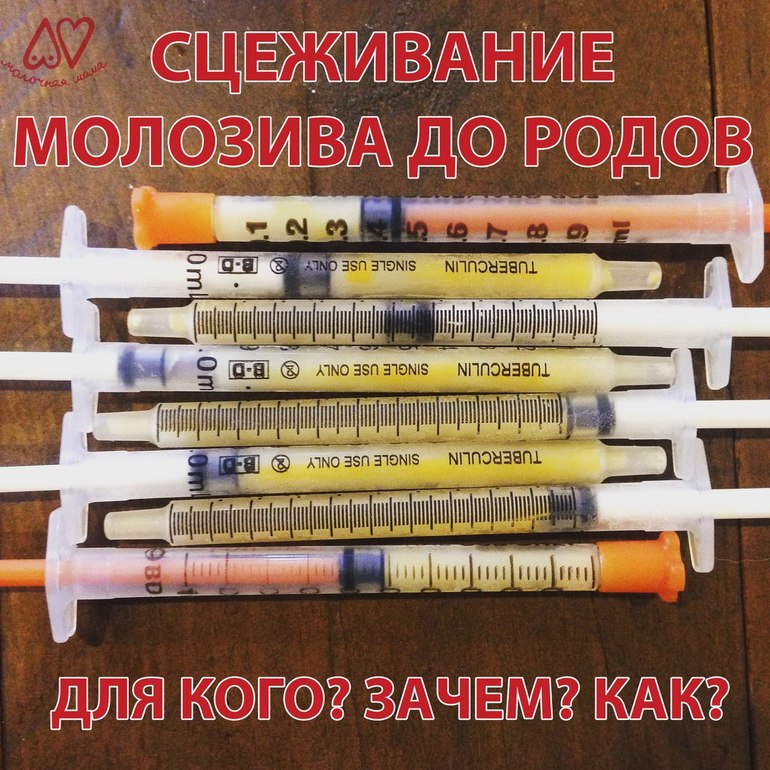 You continue to produce colostrum until the milk "comes in" (about 3 days after your baby is born). You can pump as often as is comfortable for you.
You continue to produce colostrum until the milk "comes in" (about 3 days after your baby is born). You can pump as often as is comfortable for you.
What if colostrum is not produced? nine0004
Don't panic! For some mothers, pumping is not easy. Keep trying, it may take a few days for you to see the first drops of colostrum. If you're ready to continue, try to pump every day. Remember that it is not necessary to pump during pregnancy, however, if you do, it can be very beneficial. Be sure that when your baby is born, you will definitely be able to get colostrum.
Expression Assistance Manual:
- try pumping after a hot bath or shower
- put warm diapers on your chest to improve circulation
- relax!
- Gently massage your breasts before pumping
- Have your baby's ultrasound scan handy
What do you need?
You can ask your midwife for some sterile syringes for your first colostrum. Then you can buy them at a pharmacy or online. 1ml syringes work best. nine0005
Then you can buy them at a pharmacy or online. 1ml syringes work best. nine0005
How much colostrum should be collected?
As many as you want and can. Remember that a newborn's stomach is the size of a small balloon.
Colostrum storage.
In addition to preparing colostrum for your baby, there are other benefits to expressing your first milk. Many women feel more relaxed and secure knowing they have an "extra reserve" of colostrum in case their newborn needs it. nine0005
Put the syringe you used to collect the colostrum back into the package and place it in an airtight plastic container (such as a lunch box or freezer container). Freeze this serving of colostrum immediately.
Transportation of colostrum.
It is best to freeze the colostrum after you have collected it at home and take it to the hospital when needed. Use a cooler bag with ice when transporting colostrum to the hospital and ask medical staff to place it in a special refrigerator as soon as possible after delivery. Once thawed, colostrum should be used within 12 hours, so to avoid wasting colostrum when it is thawed but not used, it is best to defrost a few syringes for each feed. nine0005
Once thawed, colostrum should be used within 12 hours, so to avoid wasting colostrum when it is thawed but not used, it is best to defrost a few syringes for each feed. nine0005
When the baby is born
Immediately after birth, continuous skin-to-skin contact between mother and baby should be established as early as possible to encourage initiation of breastfeeding (usually within the first 90 minutes after birth) . Ideally, your baby will suckle well at the breast soon after birth and will latch on frequently, so you won't need the expressed colostrum! However, some babies need regular supplements to keep their blood sugar levels stable, or the baby has some difficulty suckling. In this case, you will be provided with ongoing support to help resolve the difficulties, and in this situation, you can use pre-prepared colostrum. The medical staff will teach you how to feed your newborn with colostrum. You also need to take care to continue expressing colostrum regularly until your baby is able to breastfeed effectively in order to get the milk production back on track and provide the baby with it.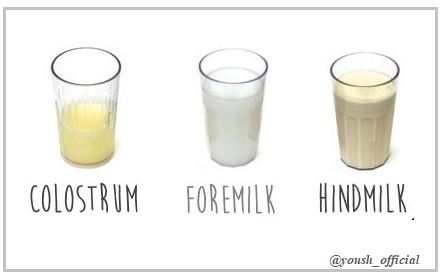 We hope you enjoy expressing colostrum during pregnancy, as it will give you extra confidence and an invaluable reserve if you encounter difficulties in establishing breastfeeding. We hope you now know more about how your breasts work and how pumping during pregnancy will help you be more confident when you start breastfeeding your baby! nine0005
We hope you enjoy expressing colostrum during pregnancy, as it will give you extra confidence and an invaluable reserve if you encounter difficulties in establishing breastfeeding. We hope you now know more about how your breasts work and how pumping during pregnancy will help you be more confident when you start breastfeeding your baby! nine0005
Useful Contact Numbers Breastfeeding Midwife 01296 315799 Community Midwives Office (SMH) 01296 316120 Community Midwives Office (WH) 01494 425172
patients. If you have any comments or suggestions regarding this booklet, please contact us:
Head of Midwifery Women & Children’s Division Buckinghamshire Healthcare NHS Trust Stoke Mandeville Hospital Mandeville Road Aylesbury Buckinghamshire HP21 8AL
How can I help reduce hospital acquired infections?
Infection control is an important part of the well-being of our patients, which is why we have developed local infection control procedures. Frequent hand washing is an effective way to prevent the spread of infection. We ask you and your visitors to use hand sanitizer, which you can find before entering each room, before and after visiting the patient. In some cases, hands need to be washed in the sink with soap and water instead of just hand sanitizer. The hospital staff will let you know if additional hand sanitization is needed. nine0005
We ask you and your visitors to use hand sanitizer, which you can find before entering each room, before and after visiting the patient. In some cases, hands need to be washed in the sink with soap and water instead of just hand sanitizer. The hospital staff will let you know if additional hand sanitization is needed. nine0005
www.buckshealthcare.nhs.uk Follow us on Twitter @buckshealthcare
Author: L. Randell
Publication date: December 2016
Reissue date: December 2018
9 Leaflet code: n/a Version00 5002: 1
Translation: Tatyana Mamontova
*Attention! Antenatal (prenatal) expression of colostrum should be carried out only when indicated. If you think you need it, be sure to check with a breastfeeding support leader or lactation consultant beforehand
Antenatal colostrum expression: groundbreaking new Australian study
PHOTOS: Marie Villani was diagnosed with gestational diabetes during her pregnancy.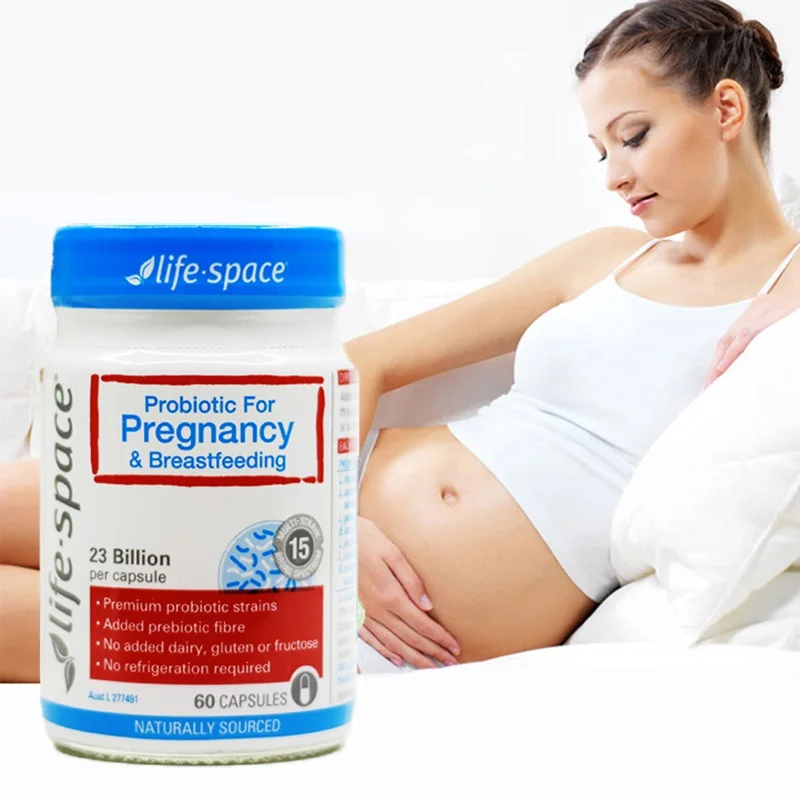 Pictured is Marie with little Nina. (ABC News: Daryl Torpey)
Pictured is Marie with little Nina. (ABC News: Daryl Torpey)
Pregnant women with diabetes have long been warned that late expression of colostrum can lead to preterm labor or an increased incidence of health problems in the newborn. A new study, published in June 2017, disputes this and could change the situation radically. nine0005
Key points:
- Research findings suggesting that colostrum expression late in pregnancy can lead to preterm labor is contradictory
- Researchers hope study will lead to new clinical guidelines for pregnant women born to women with diabetes are at greater risk of falling blood sugar levels at birth Mercy Hospital for Women (Mercy Hospital for Women), all facilities are located in Melbourne (Australia). The study involved 635 Victorian women with gestational diabetes and a low risk of other complications. nine0005
A world-leading study has shown that pregnant women with diagnosed diabetes, with low risk of other complications, can safely express colostrum later in pregnancy.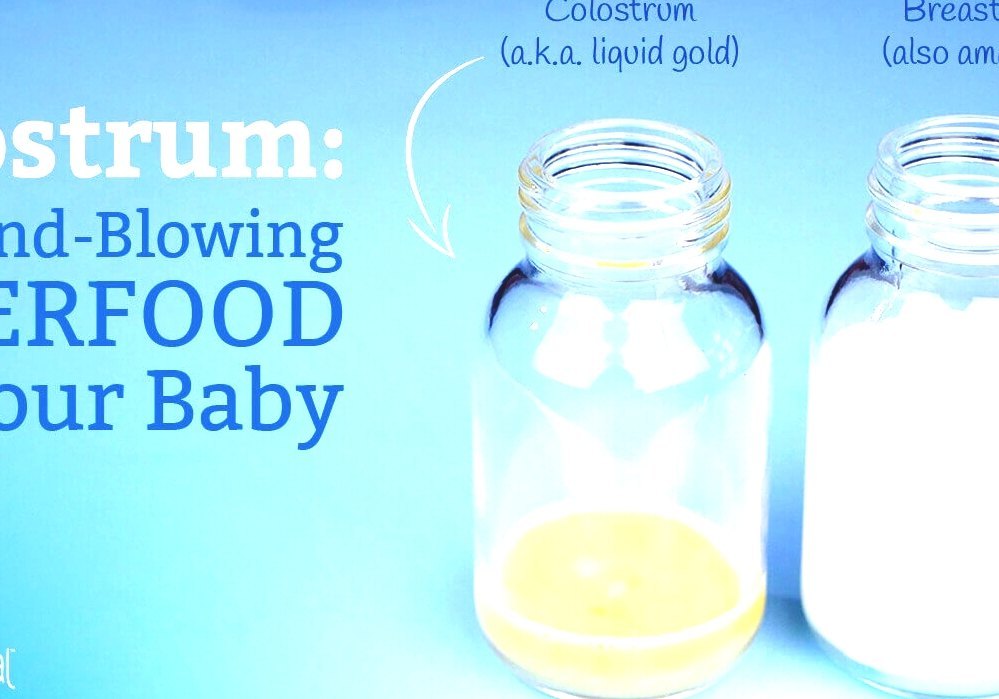 In doing so, the study dispels fears that the practice could harm the infant.
In doing so, the study dispels fears that the practice could harm the infant.
The study did not find an association between the expression of colostrum in late pregnancy by women diagnosed with diabetes and preterm labor or neonatal health problems with their subsequent admission to the intensive care unit. Thus, the results of the study challenge the previously existing information about this. nine0005
Babies born to women with diabetes are at higher risk of low blood sugar levels at birth, which can cause the baby to be admitted to the neonatal intensive care unit and separated from the mother. Having an available supply of colostrum is critical to helping these babies in the first few days after birth.
Two small previous studies of antenatal colostrum expression suggested that this practice could increase the rate of neonatal intensive care unit (NICU) hospitalizations and preterm delivery. However, the new study is larger and more accurate, and found no association between antenatal pumping and preterm birth or the need for infants to be admitted to an intensive care unit. nine0005
nine0005
The results enable practitioners to recommend that pregnant women with diabetes who are otherwise at low risk of expressing and storing colostrum can be used to feed a newborn who develops hypoglycemia (low blood sugar), a condition that can cause serious health problems in newborns.
Lead Investigator Professor Della Forster of the Judith Lumley Center at La Trobe University and Director of Obstetrics and Maternity Research at the Royal Women's Hospital said the groundbreaking study had received international attention. nine0005
Researchers hope the findings will inform new clinical guidelines, encouraging more women with diabetes to pre-delivery colostrum.
"Women have practiced antenatal pumping before, without any evidence or information about the safety and effectiveness of this method," says lead researcher Professor Della Forster. twice a day for 10 minutes ... no longer, no sooner. The practice of antenatal pumping is becoming more common, especially among pregnant women with diabetes, which is diagnosed in about one in ten pregnancies.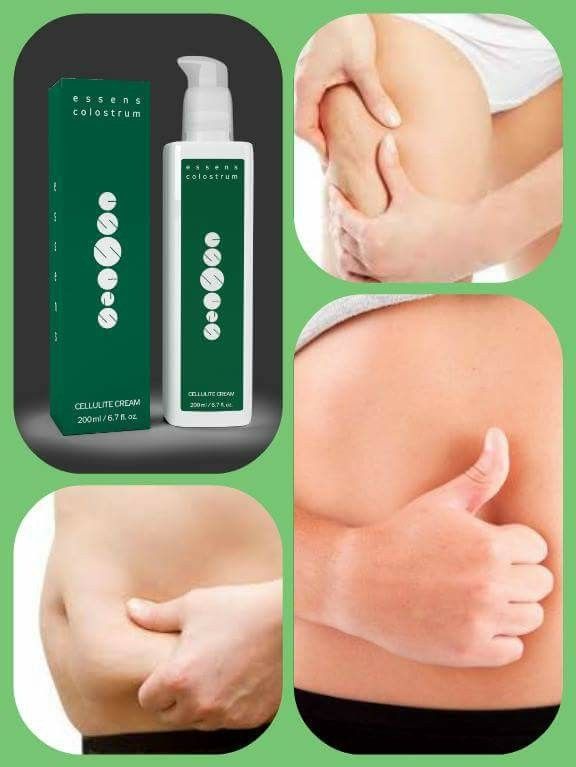 Many health professionals encourage women, most often in patients with diabetes (diagnosed pre-pregnancy or gestational) to express and store their colostrum late in pregnancy, however there has been insufficient data to guide this practice. other factors, antenatal pumping b safe and does not harm babies. Our study fills a significant global knowledge gap and provides much-needed advice to pregnant women around the world and those providing maternity care.”
Many health professionals encourage women, most often in patients with diabetes (diagnosed pre-pregnancy or gestational) to express and store their colostrum late in pregnancy, however there has been insufficient data to guide this practice. other factors, antenatal pumping b safe and does not harm babies. Our study fills a significant global knowledge gap and provides much-needed advice to pregnant women around the world and those providing maternity care.”
Sue Walker, professor of perinatology at the University of Melbourne and director of perinatal care at Mercy Hospital for Women, said the study provided welcome insight into a common and important clinical problem.
"Despite the widespread enthusiasm for antenatal pumping, research to date has suggested potential harm to the practice," says Professor Walker. for women at low risk of complications.The findings do not apply to women at higher risk of complications for other factors, but provide invaluable insights that can be used for further research. " nine0005
" nine0005
Anita Moorhead, co-investigator at La Trobe University and chief lactation consultant at the Royal Women's Hospital, said that in the current study, more than 40% of babies born to mothers with diabetes during pregnancy had low blood sugar soon after birth.
"Breastmilk stabilizes a baby's blood sugar more effectively than formula, but many women with diabetes experience delayed milk delivery," says Ms. Moorhead. weeks of pregnancy, most women produce colostrum before delivery, and then they can provide their baby with additional milk immediately after birth, if necessary. nine0005
The women in the study pumped an average of 20 times before giving birth and produced an average volume of about 5 ml of colostrum over the entire pumping period.
"The study showed not only the safety of expressing colostrum before birth, but also an associated increase in the percentage of mothers who breastfeed their baby exclusively in the first 24 hours after birth and up to 7 days after birth," said Ms Moorhead.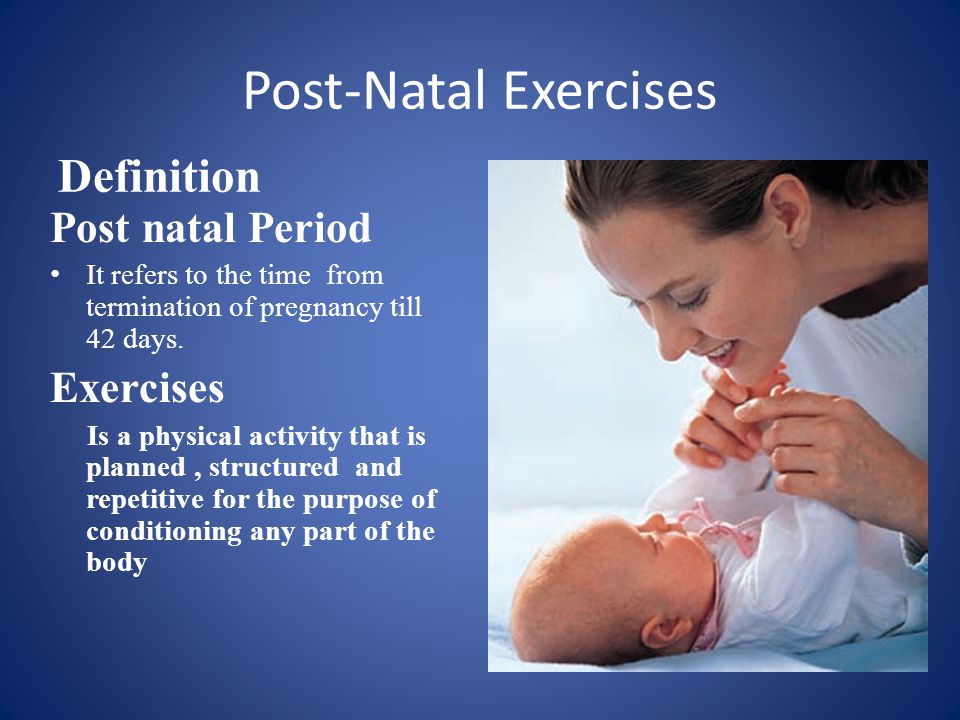
Study description
Counseling Pregnant Women with Diabetes About Expression of Colostrum in Late Pregnancy (Diabetes and Antenatal Expression of Milk [DAME]): A multicentre, open-label, randomized controlled trial was conducted between 2011 and 2015. The study, led by the University of La Trobe, also included the Royal Women's Hospital, Mercy Hospital for Women, Monash Health, Barwon Health and Peninsula Health.
In the study, 316 pregnant women were advised to express colostrum and 319pregnant women received standard treatment.
Study case
30-year-old Royal Women's Hospital patient Marie Villani, having learned about the development of gestational diabetes during pregnancy, decided to start pumping before the birth of her daughter, who was due in January.
"I was warned that the baby might be too big and I might not be able to give birth naturally. I knew that he was also at a higher risk of developing hypoglycemia, and breast milk is the best way to stabilize blood glucose levels , so I decided to start pumping at 36 weeks pregnant to make sure I had some milk supply when my baby was born," says Ms.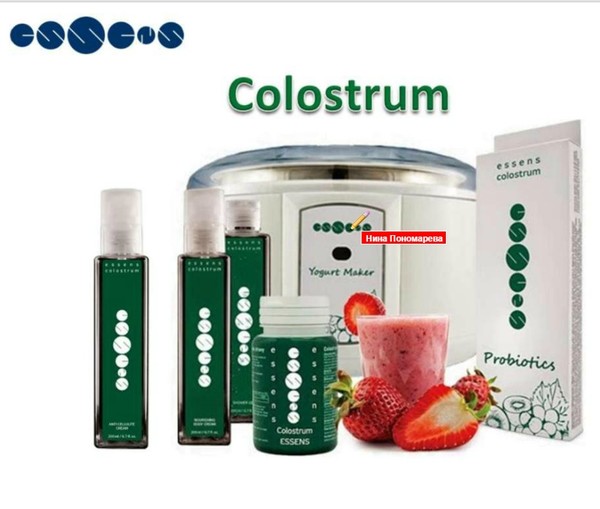 Villani. nine0005
Villani. nine0005
She hand expressed small amounts of colostrum in the last month of pregnancy and froze it in syringes
PHOTO: Marie Villani prepared syringes filled with colostrum a month before delivery. (ABC News: Daryl Torpey)
"I thought about it carefully, and when I told my midwife and doctor about my decision, they warned me about the risks, such as preterm labor," says Ms Villani. It was very slow but I felt confident in what I was doing, that it was important for my baby.When Nina was born, her blood glucose level was slightly lower, but I was able to breastfeed her right away.She had difficulty breastfeeding on the first day, but thanks to pumping, I was able to supplement her with colostrum, which I had stored before birth. The next blood test showed a normal level of glucose in the blood. " nine0005
PHOTOS: Marie Villani and her daughter Nina
Ms Villani is one of the thousands of Australian women diagnosed with diabetes or gestational diabetes.

